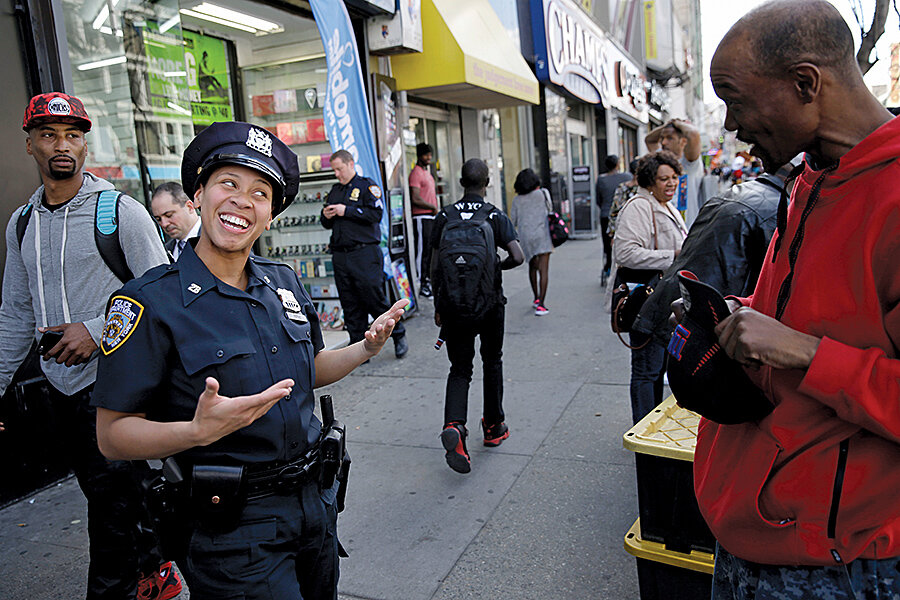Rebuilding the trust
Loading...
What most of us think we know about police work is colored by news reports, crime novels, and TV dramas. In real life, incidents involving the police often unfold rapidly, cascade unexpectedly, and occur away from public view. It is only when yellow tape is being unrolled and broken glass is being swept up that a sense of what happened begins to emerge.
Police, eyewitnesses, and victims then give their accounts. But there is inevitably a “Rashomon effect” based on the untrustworthiness of memory. People shade, trim, or enhance what they recall based on self-interest, grievance, or bias – which is why attorneys, judges, and juries spend so much time reconstructing what happened and why reasonable doubt is such an important standard in a criminal trial. All other testimony being equal, however, police testimony has usually been considered the most credible.
The video revolution has upended that status quo. The spread of cellphones and surveillance cameras and the ease of distributing images via the Internet have shaken trust in police accounts. Video provides real-time, objective evidence. Or seems to. It has its drawbacks. It captures only a moment in time from one angle, is rarely able to discern the motive and judgment of an officer or suspect, and risks turning one sensational incident into an indictment of tens of thousands of police encounters that are resolved in a calm and dignified manner.
Nevertheless, video has brought policing more into the open and fueled debate in the United States about law enforcement, especially in minority communities. From Ferguson, Mo., to Baltimore to McKinney, Texas, images of violent encounters between officers and civilians have raised troubling questions about American police training and tactics.
A recent commentary in the Harvard Law Review, for instance, argues that police academies may be too emphatic in urging officers to see themselves as warriors in a hostile world rather than guardians of the communities they serve. Rookie cops, writes University of South Carolina law professor Seth Stoughton, are taught that it’s the “world that is, quite literally, gunning for them.” An essay in the Milwaukee Journal Sentinel by that city’s police chief, Edward Flynn, argues that officers are being asked to deal with myriad social problems brought on by funding cuts for the mentally ill, drug abusers, and the homeless. “We throw the young, idealistic, service-minded men and women of policing into a social meat grinder,” he writes, “and we expect them to perform perfectly at all times.”
In a Monitor cover story (click here), Sara Miller Llana and a team of correspondents look at police training, practices, and community relations in Germany, Japan, Britain, and Canada – countries with low crime rates, low ratios of police to population, and few cases of police using deadly force. All countries are different, of course, with different histories, social divisions, gun laws, and community standards. But all have this in common: a fundamental need for trust between police and the people they serve.
That trust has been shaken in the US. Rebuilding it must be a national priority.







